经过两个多星期的努力,终于写出了RCNN代码。这段代码很有意思,还复习了几个应用知识点。因此,我将总结并与您分享我的经验。在理论方面,关于 RCNN 的理论教程很多。我不会在这里详细解释。有兴趣的朋友可以看看这个博客来了解一下。
系统概述
RCNN 的逻辑是基于模型的。为了提高模型的物体识别率,在图片经过CNN处理之前,通过传统算法得到大约2000个疑似物体框(本文使用的算法就是算法)。之后将这些疑似框导入CNN系统,获取输出层上一层的特征,利用训练好的svm来区分物体。其中,比较有趣的部分包括训练后的fine tune、fine tune后帧中输出层前最后一层特征点的提取、svm分类器的训练。接下来,让我们看看如何实现这个模型!
代码分析
为了写的方便,这里使用了一个库来写。详情请点击此处查看其官网。
那我们先来看看系统流程:
第一步,训练,这里我们使用upper-。该项目将用于学习数据库,这是一个区分不同种类花卉的项目。提供的代码的所有功能作者都写得很仔细,但是作者没有写主要写法和模型是否支持断点持续训练等,这里是我的代码:
def train(network, X, Y):
# Training
model = tflearn.DNN(network, checkpoint_path='model_alexnet',
max_checkpoints=1, tensorboard_verbose=2, tensorboard_dir='output')
# 这里增加了读取存档的模式。如果已经有保存了的模型,我们当然就读取它然后继续
# 训练了啊!
if os.path.isfile('model_save.model'):
model.load('model_save.model')
model.fit(X, Y, n_epoch=100, validation_set=0.1, shuffle=True,
show_metric=True, batch_size=64, snapshot_step=200,
snapshot_epoch=False, run_id='alexnet_oxflowers17') # epoch = 1000
# Save the model
# 这里是保存已经运算好了的模型
model.save('model_save.model')
同时,我们希望能够检测模型是否正常工作。以下是检测代码
# 预处理图片函数:
# ------------------------------------------------------------------------------------------------
# 首先,读取图片,形成一个Image文件
def load_image(img_path):
img = Image.open(img_path)
return img
# 将Image文件给修改成224 * 224的图片大小(当然,RGB三个频道我们保持不变)
def resize_image(in_image, new_width, new_height, out_image=None,
resize_mode=Image.ANTIALIAS):
img = in_image.resize((new_width, new_height), resize_mode)
if out_image:
img.save(out_image)
return img
# 将Image加载后转换成float32格式的tensor
def pil_to_nparray(pil_image):
pil_image.load()
return np.asarray(pil_image, dtype="float32")
# 网络框架函数:
# ------------------------------------------------------------------------------------------------
def create_alexnet(num_classes):
# Building 'AlexNet'
network = input_data(shape=[None, 224, 224, 3])
network = conv_2d(network, 96, 11, strides=4, activation='relu')
network = max_pool_2d(network, 3, strides=2)
network = local_response_normalization(network)
network = conv_2d(network, 256, 5, activation='relu')
network = max_pool_2d(network, 3, strides=2)
network = local_response_normalization(network)
network = conv_2d(network, 384, 3, activation='relu')
network = conv_2d(network, 384, 3, activation='relu')
network = conv_2d(network, 256, 3, activation='relu')
network = max_pool_2d(network, 3, strides=2)
network = local_response_normalization(network)
network = fully_connected(network, 4096, activation='tanh')
network = dropout(network, 0.5)
network = fully_connected(network, 4096, activation='tanh')
network = dropout(network, 0.5)
network = fully_connected(network, num_classes, activation='softmax')
network = regression(network, optimizer='momentum',
loss='categorical_crossentropy',
learning_rate=0.001)
return network
# 我们就是用这个函数来推断输入图片的类别的
def predict(network, modelfile,images):
model = tflearn.DNN(network)
model.load(modelfile)
return model.predict(images)
if __name__ == '__main__':
img_path = 'testimg7.jpg'
imgs = []
img = load_image(img_path)
img = resize_image(img, 224, 224)
imgs.append(pil_to_nparray(img))
net = create_alexnet(17)
predicted = predict(net, 'model_save.model',imgs)
print(predicted)
到目前为止,我们与 RCNN 没有直接关系。不过值得注意的是,我们之前保存的训练模型.model文件是我们的预训练。那么现在,我们开始正式制作RCNN系统,我们先写传统的框架代码。
由于文中使用的算法是 ,我对这个算法没有个人经验,所以从头开始写是非常耗时的。这里我偷懒,用现成的库来完成。那么,预处理代码的重点是另一个概念,就是IOU的概念,或者union。这个概念在这里非常有用的原因是,当我们手动标记一张图片时,我们通常只为途中的某个物体标记它,其余的我们都算作背景。在这个概念下,如果计算机一次选择多个可能的项目框,我们如何决定哪个框对应于对象?对于完全不重叠的框,我们自然会认为不是物体而是背景,但是那些重叠的框怎么分类呢?我们这里使用IOU概念,即如果重叠值超过一个阀门值,我们将其标记为物体类别,其他情况,我们将框标记为背景。更详细的解释请点击这里。
那么我们如何在代码中实现这个IOU呢?
# IOU Part 1
def if_intersection(xmin_a, xmax_a, ymin_a, ymax_a, xmin_b, xmax_b, ymin_b, ymax_b):
if_intersect = False
# 通过四条if来查看两个方框是否有交集。如果四种状况都不存在,我们视为无交集
if xmin_a < xmax_b <= xmax_a and (ymin_a < ymax_b <= ymax_a or ymin_a <= ymin_b < ymax_a):
if_intersect = True
elif xmin_a <= xmin_b < xmax_a and (ymin_a < ymax_b <= ymax_a or ymin_a <= ymin_b < ymax_a):
if_intersect = True
elif xmin_b < xmax_a <= xmax_b and (ymin_b < ymax_a <= ymax_b or ymin_b <= ymin_a < ymax_b):
if_intersect = True
elif xmin_b <= xmin_a < xmax_b and (ymin_b < ymax_a <= ymax_b or ymin_b <= ymin_a < ymax_b):
if_intersect = True
else:
return False
# 在有交集的情况下,我们通过大小关系整理两个方框各自的四个顶点, 通过它们得到交集面积
if if_intersect == True:
x_sorted_list = sorted([xmin_a, xmax_a, xmin_b, xmax_b])
y_sorted_list = sorted([ymin_a, ymax_a, ymin_b, ymax_b])
x_intersect_w = x_sorted_list[2] - x_sorted_list[1]
y_intersect_h = y_sorted_list[2] - y_sorted_list[1]
area_inter = x_intersect_w * y_intersect_h
return area_inter
# IOU Part 2
def IOU(ver1, vertice2):
# vertices in four points
# 整理输入顶点
vertice1 = [ver1[0], ver1[1], ver1[0]+ver1[2], ver1[1]+ver1[3]]
area_inter = if_intersection(vertice1[0], vertice1[2], vertice1[1], vertice1[3], vertice2[0], vertice2[2], vertice2[1], vertice2[3])
# 如果有交集,计算IOU
if area_inter:
area_1 = ver1[2] * ver1[3]
area_2 = vertice2[4] * vertice2[5]
iou = float(area_inter) / (area_1 + area_2 - area_inter)
return iou
return False
之后,我们可以在微调时使用 0.5 作为 IOU,在训练 SVM 3 时使用 0.。实现这个思路的函数如下:
# Read in data and save data for Alexnet
def load_train_proposals(datafile, num_clss, threshold = 0.5, svm = False, save=False, save_path='dataset.pkl'):
train_list = open(datafile,'r')
labels = []
images = []
for line in train_list:
tmp = line.strip().split(' ')
# tmp0 = image address
# tmp1 = label
# tmp2 = rectangle vertices
img = skimage.io.imread(tmp[0])
# python的selective search函数
img_lbl, regions = selectivesearch.selective_search(img, scale=500, sigma=0.9, min_size=10)
candidates = set()
for r in regions:
# excluding same rectangle (with different segments)
# 剔除重复的方框
if r['rect'] in candidates:
continue
# 剔除太小的方框
if r['size'] < 220:
continue
# resize to 224 * 224 for input
# 重整方框的大小
proposal_img, proposal_vertice = clip_pic(img, r['rect'])
# Delete Empty array
# 如果截取后的图片为空,剔除
if len(proposal_img) == 0:
continue
# Ignore things contain 0 or not C contiguous array
x, y, w, h = r['rect']
# 长或宽为0的方框,剔除
if w == 0 or h == 0:
continue
# Check if any 0-dimension exist
# image array的dim里有0的,剔除
[a, b, c] = np.shape(proposal_img)
if a == 0 or b == 0 or c == 0:
continue
im = Image.fromarray(proposal_img)
resized_proposal_img = resize_image(im, 224, 224)
candidates.add(r['rect'])
img_float = pil_to_nparray(resized_proposal_img)
images.append(img_float)
# 计算IOU
ref_rect = tmp[2].split(',')
ref_rect_int = [int(i) for i in ref_rect]
iou_val = IOU(ref_rect_int, proposal_vertice)
# labels, let 0 represent default class, which is background
index = int(tmp[1])
if svm == False:
label = np.zeros(num_clss+1)
if iou_val < threshold:
label[0] = 1
else:
label[index] = 1
labels.append(label)
else:
if iou_val < threshold:
labels.append(0)
else:
labels.append(index)
if save:
pickle.dump((images, labels), open(save_path, 'wb'))
return images, labels
需要注意的是,当输入参数的svm为True时,我们不需要用一个热标签的方式来表示。
对输入图像进行预处理后,我们需要使用预处理后的图像集进行微调。
# Use a already trained alexnet with the last layer redesigned
# 这里定义了我们的Alexnet的fine tune框架。按照原文,我们需要丢弃alexnet的最后一层,即softmax
# 然后换上一层新的softmax专门针对新的预测的class数+1(因为多出了个背景class)。具体方法为设
# restore为False,这样在最后一层softmax处,我不restore任何数值。
def create_alexnet(num_classes, restore=False):
# Building 'AlexNet'
network = input_data(shape=[None, 224, 224, 3])
network = conv_2d(network, 96, 11, strides=4, activation='relu')
network = max_pool_2d(network, 3, strides=2)
network = local_response_normalization(network)
network = conv_2d(network, 256, 5, activation='relu')
network = max_pool_2d(network, 3, strides=2)
network = local_response_normalization(network)
network = conv_2d(network, 384, 3, activation='relu')
network = conv_2d(network, 384, 3, activation='relu')
network = conv_2d(network, 256, 3, activation='relu')
network = max_pool_2d(network, 3, strides=2)
network = local_response_normalization(network)
network = fully_connected(network, 4096, activation='tanh')
network = dropout(network, 0.5)
network = fully_connected(network, 4096, activation='tanh')
network = dropout(network, 0.5)
network = fully_connected(network, num_classes, activation='softmax', restore=restore)
network = regression(network, optimizer='momentum',
loss='categorical_crossentropy',
learning_rate=0.001)
return network
# 这里,我们的训练从已经训练好的alexnet开始,即model_save.model开始读取。在训练后,我们
# 将训练资料收录到fine_tune_model_save.model里
def fine_tune_Alexnet(network, X, Y):
# Training
model = tflearn.DNN(network, checkpoint_path='rcnn_model_alexnet',
max_checkpoints=1, tensorboard_verbose=2, tensorboard_dir='output_RCNN')
if os.path.isfile('fine_tune_model_save.model'):
print("Loading the fine tuned model")
model.load('fine_tune_model_save.model')
elif os.path.isfile('model_save.model'):
print("Loading the alexnet")
model.load('model_save.model')
else:
print("No file to load, error")
return False
model.fit(X, Y, n_epoch=10, validation_set=0.1, shuffle=True,
show_metric=True, batch_size=64, snapshot_step=200,
snapshot_epoch=False, run_id='alexnet_rcnnflowers2') # epoch = 1000
# Save the model
model.save('fine_tune_model_save.model')
使用这两个函数来完成微调。至此,我们已经完成了pair的直接应用。接下来,我们需要读取最后一层特征并使用它们来训练 svm。那么,我们如何获得图片呢?方法很简单,我们只需减去输出层即可。代码如下:
# Use a already trained alexnet with the last layer redesigned
def create_alexnet(num_classes, restore=False):
# Building 'AlexNet'
network = input_data(shape=[None, 224, 224, 3])
network = conv_2d(network, 96, 11, strides=4, activation='relu')
network = max_pool_2d(network, 3, strides=2)
network = local_response_normalization(network)
network = conv_2d(network, 256, 5, activation='relu')
network = max_pool_2d(network, 3, strides=2)
network = local_response_normalization(network)
network = conv_2d(network, 384, 3, activation='relu')
network = conv_2d(network, 384, 3, activation='relu')
network = conv_2d(network, 256, 3, activation='relu')
network = max_pool_2d(network, 3, strides=2)
network = local_response_normalization(network)
network = fully_connected(network, 4096, activation='tanh')
network = dropout(network, 0.5)
network = fully_connected(network, 4096, activation='tanh')
network = regression(network, optimizer='momentum',
loss='categorical_crossentropy',
learning_rate=0.001)
return network
得到它之后,我们需要训练SVM。为什么要训练 SVM?直接用CNN好不好?前面提到的博客中提到了这个问题。总之,SVM适合小样本训练,这里这样做可以提高准确率。训练SVM的代码如下:
# Construct cascade svms
def train_svms(train_file_folder, model):
# 这里,我们将不同的训练集合分配到不同的txt文件里,每一个文件只含有一个种类
listings = os.listdir(train_file_folder)
svms = []
for train_file in listings:
if "pkl" in train_file:
continue
# 得到训练单一种类SVM的数据。
X, Y = generate_single_svm_train(train_file_folder+train_file)
train_features = []
for i in X:
feats = model.predict([i])
train_features.append(feats[0])
print("feature dimension")
print(np.shape(train_features))
# 这里建立一个Cascade的SVM以区分所有物体
clf = svm.LinearSVC()
print("fit svm")
clf.fit(train_features, Y)
svms.append(clf)
return svms
在识别物体时我们应该怎么做?首先,我们使用如下函数获取输入图像的疑似物体框:
def image_proposal(img_path):
img = skimage.io.imread(img_path)
img_lbl, regions = selectivesearch.selective_search(
img, scale=500, sigma=0.9, min_size=10)
candidates = set()
images = []
vertices = []
for r in regions:
# excluding same rectangle (with different segments)
if r['rect'] in candidates:
continue
if r['size'] < 220:
continue
# resize to 224 * 224 for input
proposal_img, proposal_vertice = prep.clip_pic(img, r['rect'])
# Delete Empty array
if len(proposal_img) == 0:
continue
# Ignore things contain 0 or not C contiguous array
x, y, w, h = r['rect']
if w == 0 or h == 0:
continue
# Check if any 0-dimension exist
[a, b, c] = np.shape(proposal_img)
if a == 0 or b == 0 or c == 0:
continue
im = Image.fromarray(proposal_img)
resized_proposal_img = resize_image(im, 224, 224)
candidates.add(r['rect'])
img_float = pil_to_nparray(resized_proposal_img)
images.append(img_float)
vertices.append(r['rect'])
return images, vertices
这个过程和预处理中的函数类似,但是更简单,因为我们不需要考虑对应的标签。之后我们将这些图片一张一张的输入到网络中得到相对的输出(其实我们可以一起做,但是我的电脑老是卡死,可能是内存或者其他问题),最后应用的SVM就可以了得到预测结果。
你一定对测试的结果非常好奇。以下结果与RCNN的运行结果进行对比。
首先,让我们看一下下图的结果:
其分析结果如下: 的情况下,得到如下数据:
它被判断为第四类花。实际结果是 17 数据库中的最后一个类别,也就是第 17 类花卉。在这里,第 17 类在第 4 类之后有 34% 的机会成为花。那么,RCNN 的结果是什么?我们看下图:
很明显,RCNN(1类)的正确率非常高。有兴趣的可以点这里查看代码。





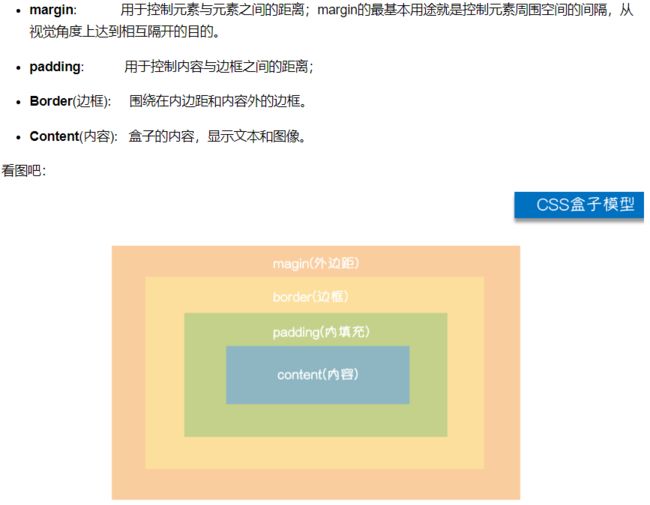








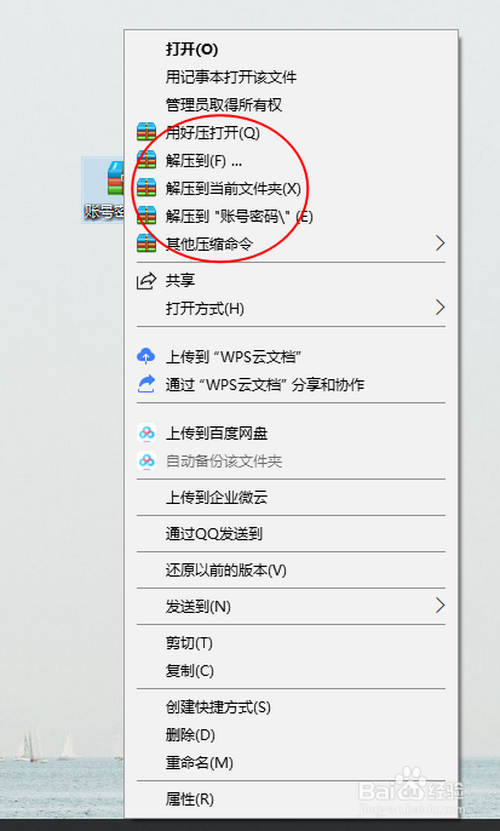


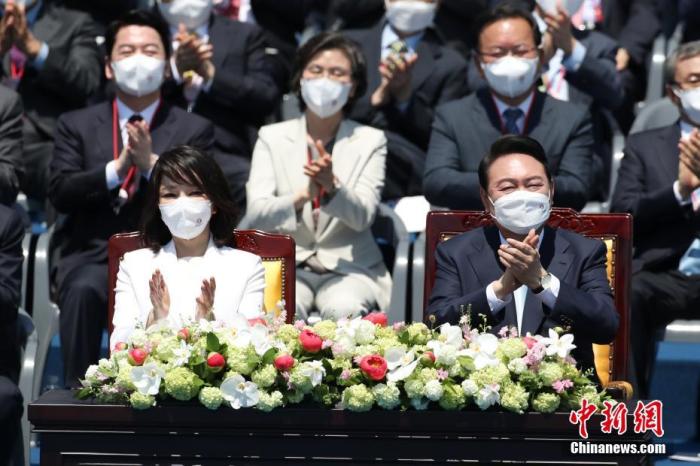
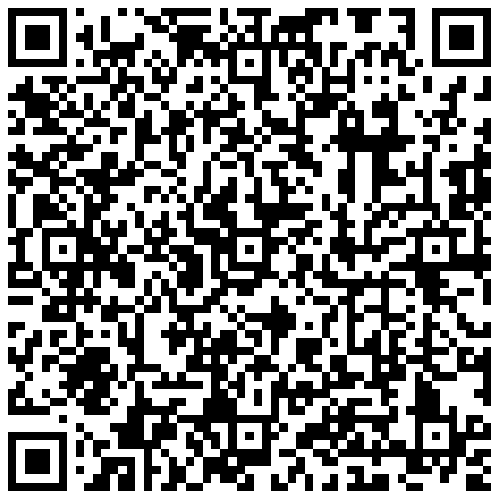
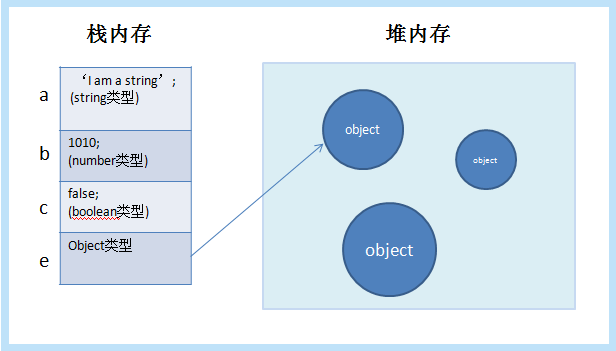



暂无评论内容